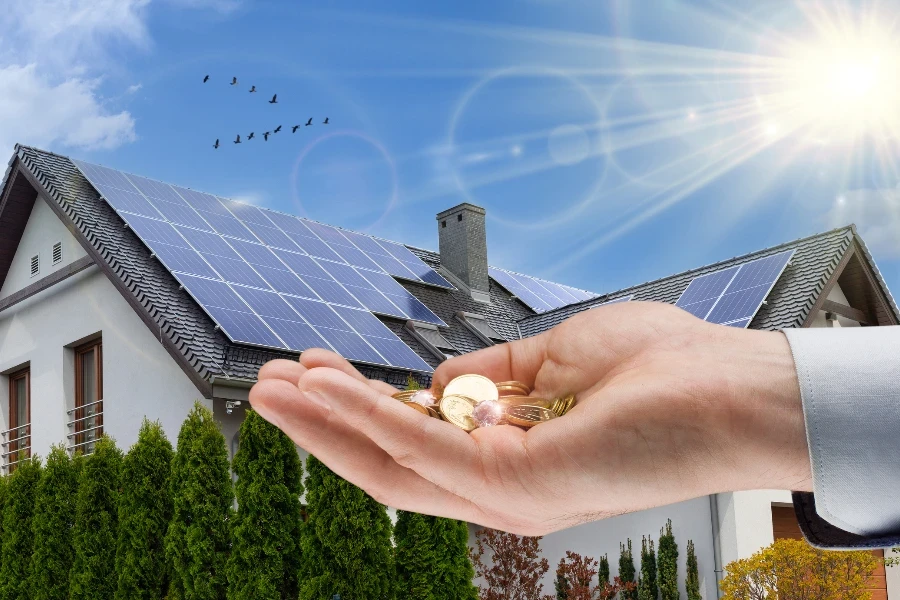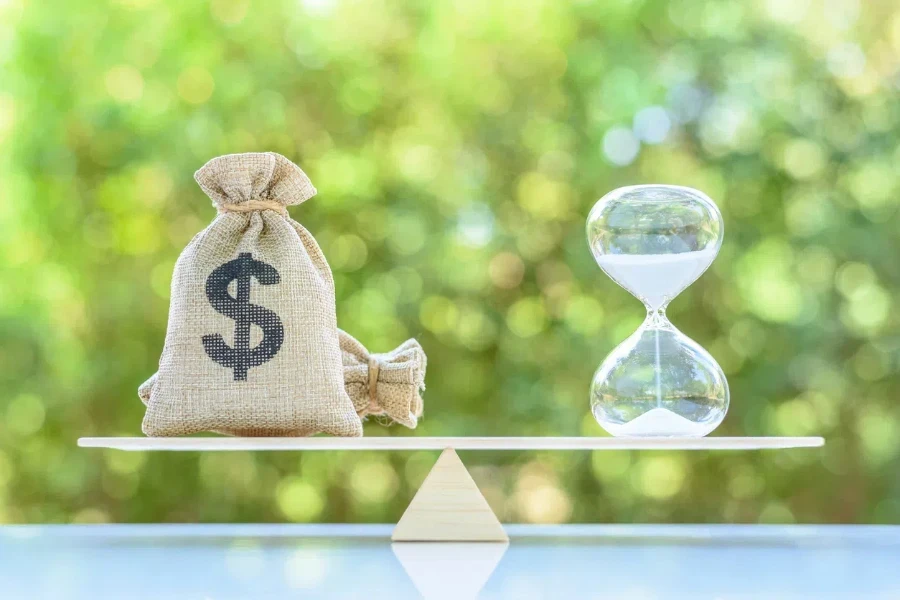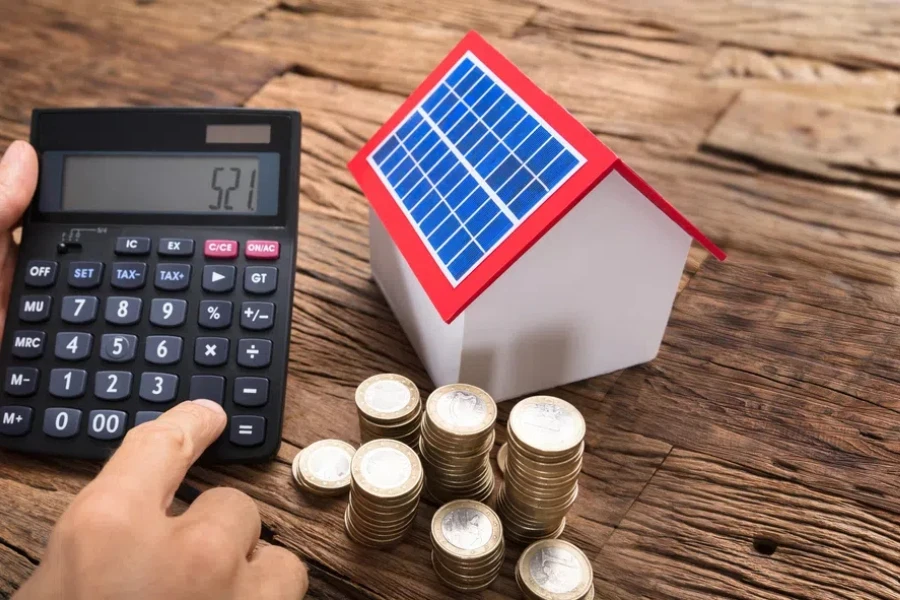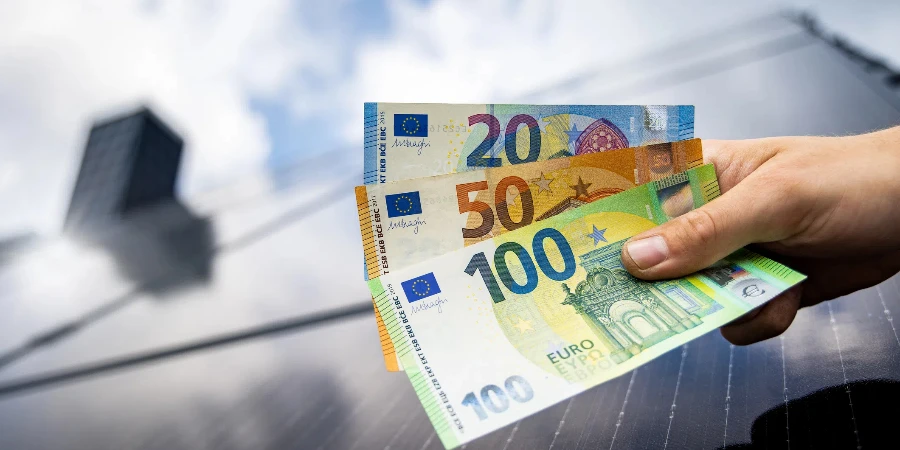Solar power is the future of renewable energy – an exciting world of discovery. But that discovery starts with some basic questions, like how much do solar panels cost? This article seeks to answer the question of solar panel cost, providing some context on the factors that dictate price, and providing a guide on how to think about solar energy investment. Whether you’re a homeowner looking to install solar power or just interested in the associated costs, this is the guide for you.
Table of Contents:
– Initial investment in solar panels
– Factors that influence solar panel cost
– Long-term savings and benefits
– Financing options for solar panels
– Maintenance and additional costs
Initial investment in solar panels

For those not familiar with solar power, the high initial cost of getting into this renewable energy is often the biggest factor keeping it on the back burner. When you do the math, your investment includes the equipment – several solar panels – installation fees, any building modifications needed to your home or property to install the system, and depending on the system size, the inverter, and any permits or interconnection fees charged by your power company for the connection. The price can vary dramatically between the different types of systems and from location to location. Before you make the decision to go solar, it’s helpful to understand the breakdown of this investment.
Here, we look at average upfront investment ranges and what to expect in terms of hardware and installation services; always keep in mind that though the initial investment can be hefty, the long-term savings often more than justifies initial expense.
Factors that influence solar panel cost

Cost can depend on many factors such as how big a system you need to install and that depends on yourself. You can save power depending on how many appliances you use in your house and how much you spend on it. Then getting the overall data get an idea on your energy need per day to work out how big the system should be for your home. After that you can choose either monocrystalline, or polycrystalline or thin-film solar panels.
Where you live is another important factor, since some states have lower labour costs, different permitting fees and varying incentives for solar installations. And of course, if your roof needs to be repaired or shored up, there will be those expenses too. With all these factors in mind, you can better estimate the dollars invested in your own situation.
Long-term savings and benefits

Sure, a home solar-power system is a large upfront expense, but as long as your electricity grid is needed in the future, the long-term savings will most likely continue to outweigh the costs. The short-term advantages of solar panels are just as compelling. Over the lifetime of a system, solar power can reduce – and even eliminate – your electricity bills, depending on the size of the system and your electricity consumption. It can boost your home’s property value. And because the cost of energy is likely to keep rising, solar power also functions as an inflation hedge.
In addition to the reduction of money, solar panels also contribute greatly in reducing your environment footprint and helping to build a better future. This paragraph will demonstrate the saving you can make and how better solar is for you.
Financing options for solar panels

It’s easier get savvy about available financing opportunities. One of the most common ways for homeowners to pay for solar panels is using a solar loan to finance the system. You pay back your loan over time using low interest rates. Another option is leasing, where you pay a monthly fee to use the solar energy system. You don’t actually own the panels you’re using.
There might be further incentives and rebates from the government, depending on your location; these include federal tax credits, state rebates, and solar renewable energy certificates (SRECs). We’ll cover these later — this is just an overview to get you started.
Maintenance and additional costs

While they’re practically maintenance-free, solar panels need regular cleaning and occasional big-picture inspections to keep running optimally. And no matter how well-constructed they are, repairs or replacements (of inverters and batteries, for example) will be necessary eventually.
Additionally, you’ll want to factor in any potential increases in your property tax due to the increase in the value of your home resulting from the installation of the solar energy system. This section on the upkeep costs adds a touch of reality to the matter of future expenses that come with the installation of solar panels.
Conclusion:
For the person who is considering the switch to a renewable energy source, it is important to understand the costs associated with solar panels. The initial upfront price to install your own solar panels is not cheap, but the long-term savings, environmental impacts and the financing options available make solar panels an attractive option for many. By analysing the costs associated with solar panels, investigating the financing options and maintaining your solar panels, it will be easier to make the choice that suits your energy needs and financial goals. Solar energy isn’t just a path to diminish your carbon footprint, it is a way to save money as well.




